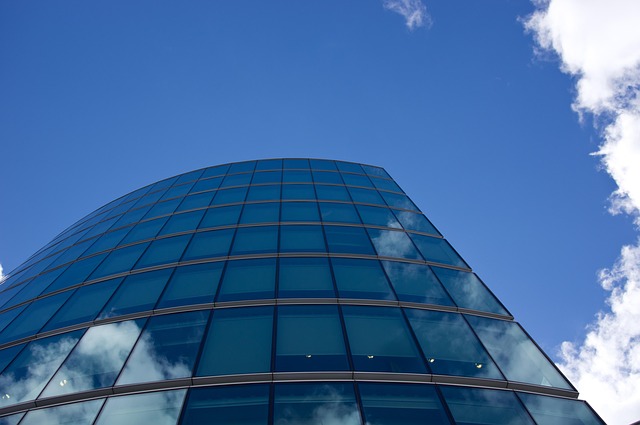In today's digital age, real estate developers and managers prioritize tech-friendly environments to cater to younger tenants' preferences. This involves integrating advanced technologies like smart home systems, high-speed internet, automated building management, co-working lounges, and open-plan offices, enhancing convenience, efficiency, sustainability, and security. Such innovations attract tech-savvy tenants, foster collaboration, and promote productivity, ultimately driving business success.
In today’s digital age, tenants are increasingly seeking modern, tech-friendly real estate environments. Understanding and catering to these preferences is crucial for landlords and property managers aiming to attract and retain a diverse tenant base. This article explores key aspects of tenant preferences in the contemporary market, focusing on tech integration and space design that promotes innovation and collaboration. By delving into these topics, we provide insights into how real estate professionals can stay competitive and relevant in meeting today’s evolving demands.
Understanding Tenant Preferences in Modern Real Estate

In today’s digital age, understanding tenant preferences has become a paramount focus within the real estate sector. Tenants, especially younger generations, are increasingly seeking modern, tech-friendly environments that cater to their lifestyle and needs. This shift in preference is driving significant changes in the Real Estate landscape. Property developers and landlords are now investing heavily in integrating advanced technologies to enhance living experiences, such as smart home systems, high-speed internet connectivity, and automated building management solutions.
These innovations not only provide tenants with convenience and efficiency but also contribute to a more sustainable and secure environment. For instance, smart thermostats optimize energy usage, reducing utility costs for both landlords and tenants. Similarly, integrated security systems with biometric access control ensure safety while allowing seamless entry. As technology continues to evolve, real estate professionals who stay attuned to tenant preferences will be better positioned to offer desirable properties that meet the demands of a tech-savvy market.
Tech Integration: Attracting Tech-Savvy Tenants

In today’s digital era, tech-savvy tenants are in high demand within the real estate market. These individuals seek housing that not only meets their lifestyle needs but also integrates seamlessly with their technology dependencies. Property managers and developers are increasingly recognizing this shift, designing and upgrading spaces to attract these modern renters. Tech integration goes beyond basic internet connectivity; it encompasses smart home systems, high-speed fiber-optic networks, and even virtual reality amenities.
By incorporating such features as automated lighting, temperature control, voice-activated assistants, and high-definition security systems, real estate offerings become more appealing to tech-oriented tenants. These integrations not only enhance convenience and security but also contribute to a sense of innovation and exclusivity. As technology continues to evolve, so does the expectation for tech-friendly environments, ensuring that real estate keeps pace with the changing demands of its occupants.
Creating Spaces that Foster Innovation and Collaboration

In today’s digital era, tenants are increasingly seeking modern, tech-friendly real estate environments that foster innovation and collaboration. Real estate developers and property managers are responding by designing spaces equipped with high-speed internet, smart building technologies, and collaborative areas like co-working lounges and open-plan offices. These features not only cater to the technological needs of tenants but also encourage face-to-face interactions, sparking creative problem-solving and knowledge sharing among teams.
By creating such environments, real estate professionals are recognizing the importance of nurturing a culture of innovation. This shift in approach has led to the development of dynamic spaces that promote flexibility, adaptability, and productivity. As a result, tenants benefit from a work environment that not only aligns with their technological capabilities but also encourages collaboration and growth, ultimately driving business success and attracting top talent.






